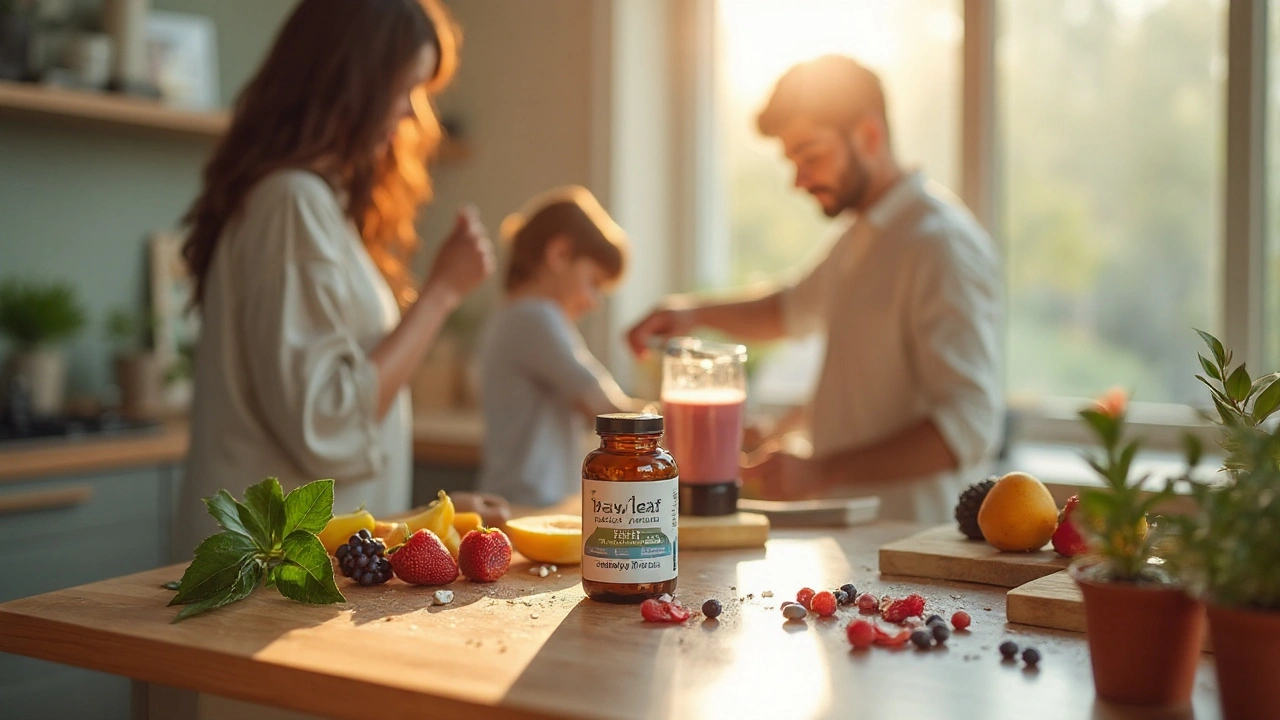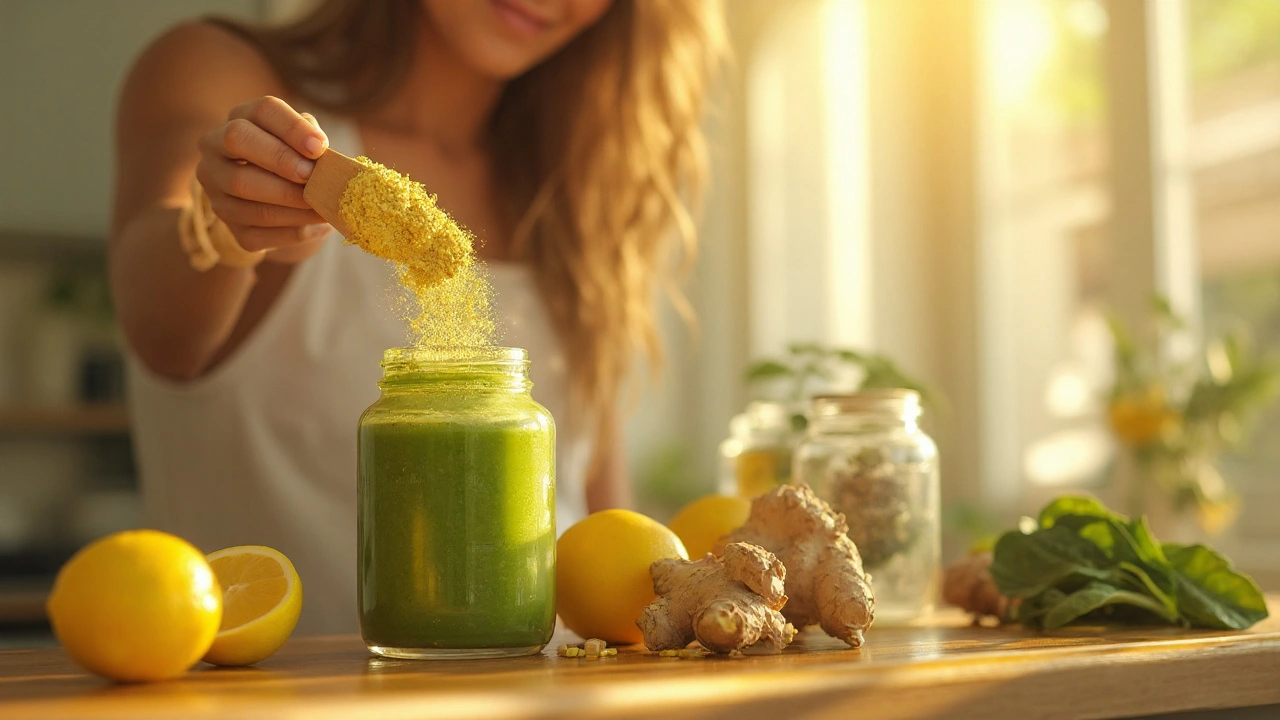Herbal Nutrition: Natural Herbs for Better Health
Ever wondered how a simple leaf or root could boost your everyday wellness? Herbal nutrition is all about using plant‑based ingredients as easy, affordable nutrition. You don’t need a degree in botany—just a few reliable facts and a practical approach.
Most people think herbs are only for tea or flavor, but many contain vitamins, minerals, and bioactive compounds that support digestion, immune function, and even mood. The key is knowing which plants have solid evidence behind them and how to use them safely.
Top Herbs to Know
Two herbs are making a splash in 2025: Greater Burnet (Sanguisorba officinalis) and Wood Sorrel (Oxalis). Greater Burnet is praised for its anti‑inflammatory properties and gentle blood‑supporting effects. Research shows it can help with minor bruising and skin irritation when taken at the right dose.
Wood Sorrel, on the other hand, is a tart, vitamin‑C‑rich wild herb. It’s great for a quick antioxidant boost, but you need to watch the oxalate content—too much can strain the kidneys. Using a modest amount, like a teaspoon of fresh leaves in a salad, keeps the benefits without the risk.
How to Pick Safe Supplements
When you move from fresh herbs to capsules, quality matters. Look for products that list the exact plant species, part used (leaf, root, seed), and extraction method. reputable brands often provide third‑party testing results—those reports are a good sign the supplement is free from contaminants.
Check the label for dosage recommendations specific to your age, weight, and health goals. A common mistake is treating “natural” as “harmless.” Even herbs can interact with prescription meds, so a quick chat with your pharmacist or doctor never hurts.
Another practical tip: start low and go slow. Begin with the smallest suggested dose, monitor how you feel for a week, then adjust if needed. This method helps you catch any side effects early, like mild stomach upset or skin reactions.
Storing herbs correctly extends their potency. Keep dried powders in a cool, dark place, sealed tightly. For liquid extracts, a fridge can prevent degradation, especially for heat‑sensitive compounds.
Beyond these two examples, the herbal nutrition world includes classics like turmeric, ginger, and nettle. Each has its own evidence base and typical uses, so treat every herb as a mini‑project: research, test, and fine‑tune.
Bottom line? Herbal nutrition can be a simple, effective way to add extra nutrients to your diet. Choose well‑tested herbs, respect dosage, and stay aware of possible interactions. With the right info, you’ll feel confident adding these plant powerhouses to your daily routine.
Licorice root contains glycyrrhizin, which can raise blood pressure and lower potassium, making blood pressure meds less effective. Learn how much is dangerous, who's at risk, and what to avoid.
Discover how ginger's natural compounds can ease dizziness and motion sickness, with science-backed dosage tips, safety advice, and a comparison to other remedies.
Explore how alternative and complementary therapies can support leukemia treatment, their evidence, safety tips, and ways to integrate them with conventional care.
Discover how bay leaf dietary supplements can transform your health routine. Learn the science, benefits, safety tips, and how they compare to other herbal options.
Discover how lemongrass dietary supplements can boost antioxidant levels, support weight management, improve gut health, and enhance overall wellness in a practical guide.
Curious about wood sorrel? Learn the real benefits, safety, and smart ways to use this tart, vitamin-rich wild herb as a natural supplement-without risking oxalate overload.





![Greater Burnet (Sanguisorba officinalis) Benefits, Uses, Dosage, and Safety [2025 Guide]](/uploads/2025/09/greater-burnet-sanguisorba-officinalis-benefits-uses-dosage-and-safety-2025-guide.webp)





